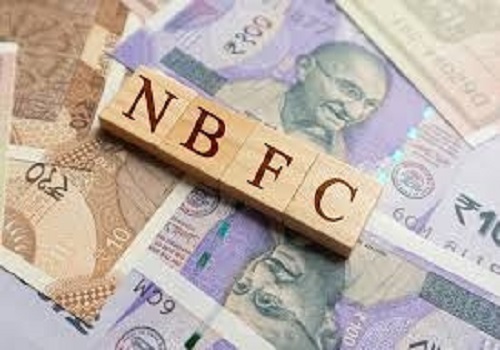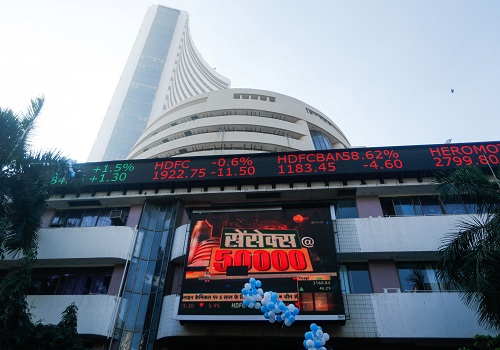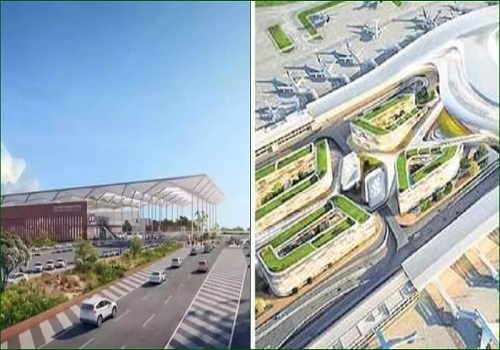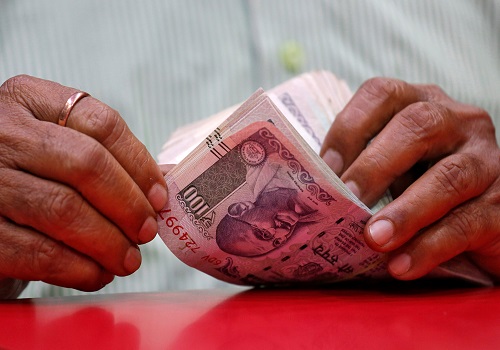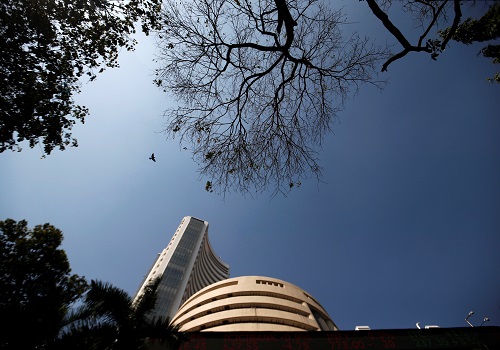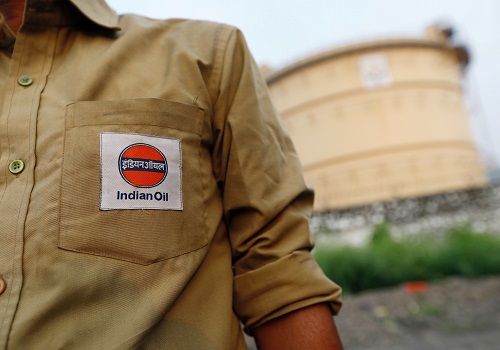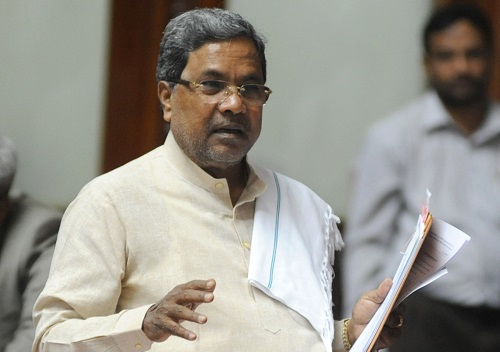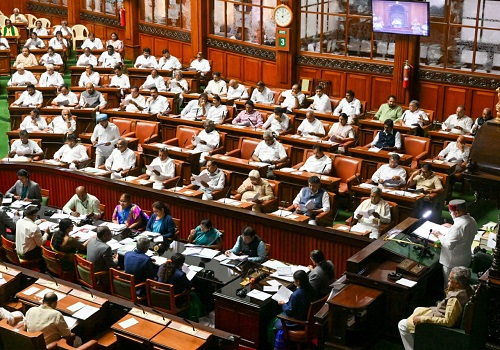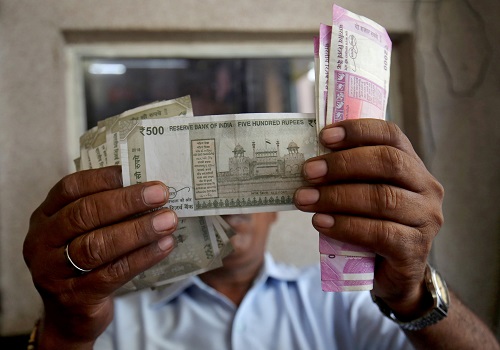Decoding the Capital Expenditure Budget - Motilal Oswal

Follow us Now on Telegram ! Get daily 10 - 12 important updates on Business, Finance and Investment. Join our Telegram Channel
https://t.me/InvestmentGuruIndiacom
Download Telegram App before Joining the Channel
Decoding the Capital Expenditure Budget
Average growth of 9.5% in FY21 and FY22 similar to pre-COVID levels
* One of the most appreciated features of the Union Budget 2021–22 is the focus on improving the quality of government expenditure, by raising capital expenditure (or capex) from INR3.4t in FY20 to INR4.4t in FY21RE and further to INR5.5t in FY22BE. This is much higher than expectations and implies massive growth of 65% YoY over two years, taking the capital expenditure to 16% of total expenditure in FY22BE (from 12.5% in the pre-COVID era).
* However, three important adjustments are needed to understand the true extent of the investment push by the central government: a) Capital expenditure has two parts – capital outlays and loans & advances (L&A). From the perspective of national accounts, the former is classified as central government (CG) investments. While L&A accounted for 7–9% of capex pre-COVID, it is as high as 24% of capex in FY21RE on account of ‘Special Loan for COVID-related resource gap’ to the Ministry of Railways (MoR), totaling INR794b. Details suggest that it is more likely to be revenue expenditure than investment spending. b) Furthermore, while capex is budgeted to increase by INR1.15t in FY22, the combined capex for the Defense, Railways and Road sectors is broadly unchanged. CG has allocated INR204b as capital infusion to BSNL/MTNL and included an unallocated amount of INR447b, which we believe may not have a genuine investment multiplier. c) Lastly, while CG investments are expected to grow sharply, the capital outlays of central public sector enterprises (CPSEs) – excluding the Food Corporation of India (FCI) – in FY22BE are budgeted at just 3% higher v/s FY20, with 6% growth in FY21RE and a 3% fall in FY22BE.
* With these adjustments, our estimates therefore suggest combined capital outlays are pegged to grow 6.6% YoY in FY21 (vis-à-vis 7.2% growth in FY20) and 12.3% YoY in FY22. If these targets are achieved, it would mean average growth of 9.5% YoY over FY21–22, similar to the pre-COVID period (FY17–20).
Headline data suggests very strong capex growth in FY21/FY22…: One of the highly appreciated features of the Union Budget 2021-22 is the CG’s focus on improving the quality of its expenditure, by pushing capital expenditure from INR3.4t in FY20 to INR4.4t in FY21RE and further to INR5.5t in FY22BE. This is much higher than expectations and implies massive growth of 65% YoY over two years, taking capital expenditure to 16% of total expenditure in FY22 (from 12.5% in the pre-COVID era).
…however, some adjustments are needed:While these headline numbers suggest a very strong focus on infrastructure, details reveal that some adjustments are necessary to understand the true extent of the investment push by CG. In particular, there are three adjustments:
a. Separate capital outlays from loans & advances:Capital expenditure by CG has two components – capital outlays (true investment spending by CG) and L&A (investments of the recipient). Normally, L&A accounts for only 7–9% of CG capital spending; however, it is pegged at as much as 24% of capex in FY21RE. This implies that while total capex is estimated to grow by a very strong 31% YoY in FY21RE, capital outlays are expected to grow by just 6.7% YoY v/s 11% growth in FY20 (Exhibit 1).
To Read Complete Report & Disclaimer Click Here
For More Motilal Oswal Securities Ltd Disclaimer http://www.motilaloswal.com/MOSLdisclaimer/disclaimer.html SEBI Registration number is INH000000412
Above views are of the author and not of the website kindly read disclaimer

